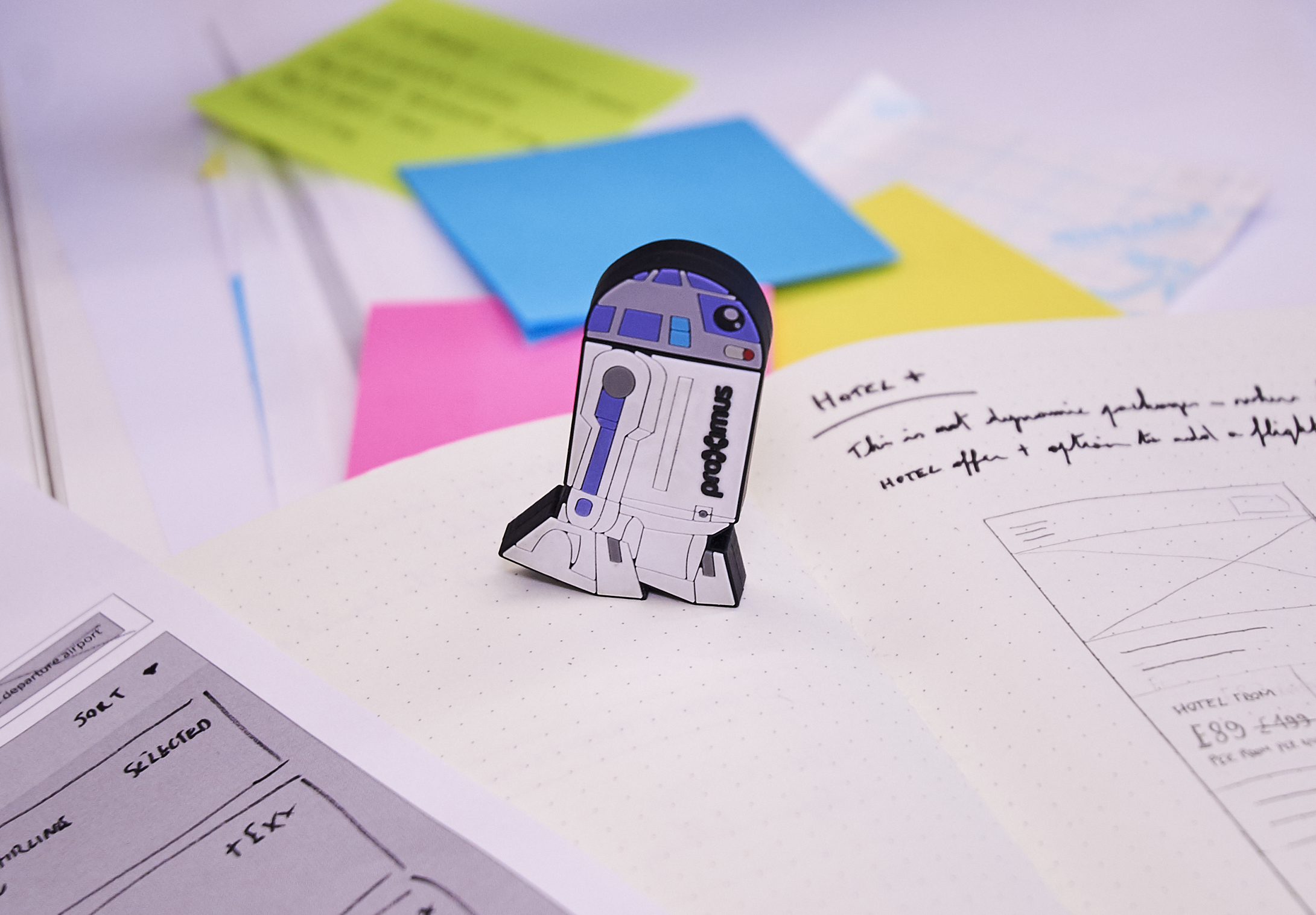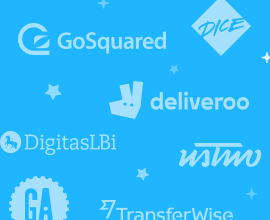When was the last time you physically visited a travel agent? Probably a long time right? Thanks to the rise of the world wide web and the multitude of devices that now exist in our lives - going in store to book a holiday became completely irrelevant. Not only because you’re bound to find a better deal online but also thanks to the smooth user journey of booking online which makes us feel in control.
In all it’s glory, online holiday sales falls into one of the more competitive of industries. So how does one use data to optimise design in order to ensure users have a smooth and seamless journey from idea to search to payment. We spoke to Ian Robinson, Lead Designer, Dilan Suriya and Quentin Jardon at Secret Escapes to find out.
Five years old and going strong, Secret Escapes is the ultimate provider for luxury hotel flash sales. The interior of the London Head Office carries the theme of a luxury hotel throughout, with their reception resembling that of a concierge desk at The Ritz and each meeting room has been aptly named after the desirable rooms, like the Honeymoon and Penthouse Suite. This office houses 200 employees, with around 300 more in offices around the world, in places like Warsaw and Berlin.
Being a Designer at Secret Escapes
Ian explains that their design team of three fall under the wider tech team when it comes to structure, working in tandem with the product team to deliver business solutions. Bringing their team total to 20 and ranging in skill set, from Software Engineers to Javascript Writers. Team leads are in place to offer expertise and guidance to aid development, inline with the overarching Secret Escapes culture of working to improve individual strengths and weaknesses with total autonomy.
"Our interests align with our mission - inspiring the world to escape.”
Each of the designers has a real passion for what they do, which translates into the key criteria Ian is using to find a fourth designer. “It’s important that they enjoy unfolding design solutions that inspire, and offer simplicity so that users can find and book our handpicked hotels and at great rates. Their interests should align with our mission - Inspiring the World to Escape.”
“Between sketches, ping-pong matches, prototyping and Fifa, we are constantly finding new ways to share insights and opinion on current projects.”
Dilan explains that each of them work on different features day to day, both large and small. “We may get carried away and go wild on features but we know we share the same vision for the future of the website."
“We run every piece of design past each other, whether that’s holding a Pixel’s Trust meeting or simply just a team review. Pixel’s Trust is a meeting we love to hold, it gives us the opportunity to present any piece of work to any member of the company for around 30 minutes. After demonstrating and discussing the problem, the research and discovery phase, then onto the proposed solution, we receive useful and valuable feedback - similar to the formal design critique but more fun.”
“Working with trends means working with assumptions.”
Their data driven design process
Secret Escapes’ design process is user centric. Each feature has been tested and determined by carrying out extensive user feedback to ensure that it will actually improve the overall user experience. Ian explains that in his opinion, this is a more productive way to work than following trends.
“You never know with trends in this industry. Working with trends means working with assumptions. At Secret Escapes, we are trying to find out what is correct and what is actually creating a significant impact. Design is driven on data.”
With such a process they have uncovered data that improves sign ups. “When you make a booking you have the possibility to select your date first”, it should make sense right? But that’s not the way our website currently works”, Quentin explains. “If you want to book with Secret Escapes, an offer has to be selected before choosing your dates. It seems odd, but currently this user flow works really well to reveal availability which is important in a curated deals website, especially where amazing discounts will mean dates will tend to be sold out rapidly.”
“Design is driven on data.”
Research is carried out in house at least once a month and is all part of a sprint process developed by the design team at Google Ventures, which is where Marvel comes in. As part of the sprint process Ian and his team invite in five users per session, giving them the Marvel prototype which hosts the feature they are testing. In these sessions they collate user feedback on a wall full of post it notes, holding the good, the bad and the neutral.
“We look for patterns across the areas we’re trying to test. From that, we create a version or versions on our site using A/B or MVT testing to see if there is any statistical significance in its value. If it turns out there is not, then it doesn’t make it to the Secret Escapes application.”
Throughout the building of more complex tests like testing the experience and design that would improve conversion on their sign up page, the team extend deadlines to develop a fully functional AB test. Once that had been fully tested and approved by the Product team, a new test goes live.
“We tested multiple elements throughout the weeks, from showing more trust logos, real sale cards, background image carousels, interactive features, to what we found gained and converted the most - the sign up modal screen.
The modal screen housed their real sales behind to entice user intrigue. They included fine details such as various trust logos inside the model, which also reinforced the confidence to sign up with Secret Escapes. As a result, they combined various elements from multiple AB tests, which proved to appeal to the users, and built the best test possible.
Making use of prototyping...
The team discovered Marvel during a sprint with the Google Ventures design team which focused on mobile. “We needed a platform to create the prototype on. One of the guys we were working with recommended it and we were drawn to it because of its iOS app.” Ian explains that Marvel’s native feel removes the risk of compromising the environment of the testing session. It’s important for the sessions to feel as real as possible so that users believe it’s an actual website or app they’re using.
We have looked at more complex prototyping tools but to be honest the simplicity of Marvel and how we approach design, you don’t really need the complexity of the others. And nor does the user.
Since introducing Marvel into their process, it has been used on every single project. Although, a lot of the fully fledged prototypes they make do not actually make it into the Secret Escapes brand. “ As a designer you have to accept that a high percentage of your concepts will never make it. In our design process we create prototypes which represent solutions to business problems and test. We’re working towards what we think is the problem and find what we believe to be solutions and put it out to our users. If it receives negative feedback or statistically shows no value in our split testing, it doesn’t make it.”
“The ability to change the way people make sense of a product with good design is incredibly rewarding.”
“Marvel has totally changed the feedback loop within our teams and across departments, this part is critical in our design process to create a level of understanding with stakeholders. Before it was not as efficient, important design decision could be prolonged due to long email chains, where discussions can lose focus. Now we can get all our stakeholders in a meeting, give them a prototype and get a real understanding of not just how it looks, but how it works, how it feels and why.”
Whilst the majority of their prototypes may not make it to the Secret Escapes brand, Ian values the design process here. He has first hand experience in designing to match assumptions after working in marketing agencies for four years and taking instructions from clients who ‘have a hunch’. Getting to know the users really enables a more focused and valuable design. Discrediting working on opinion and assumption is all in all a recipe for success.











